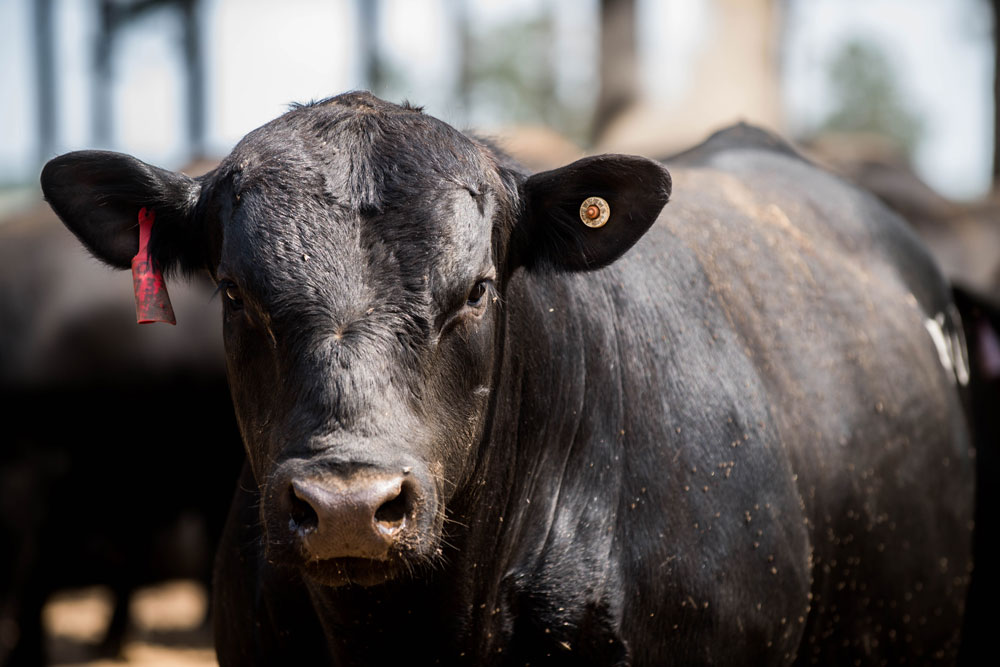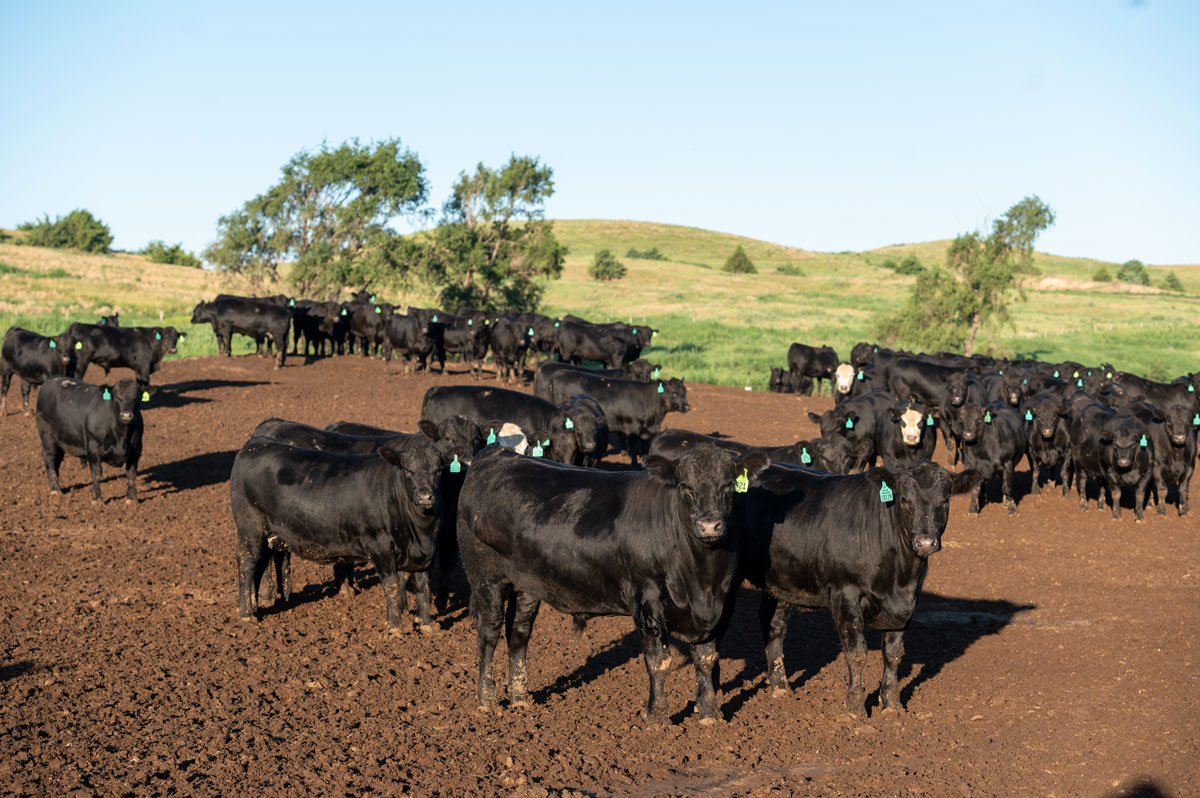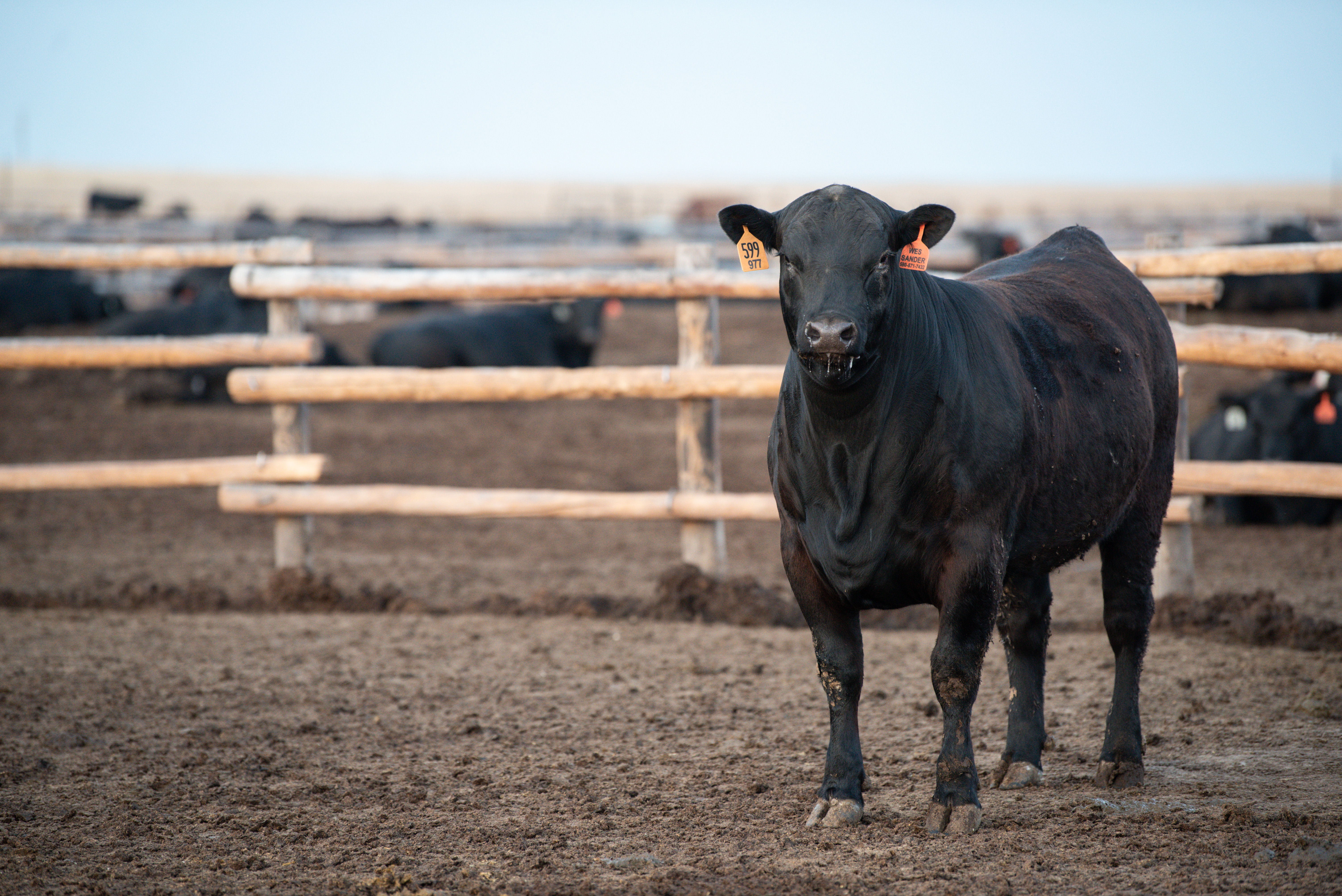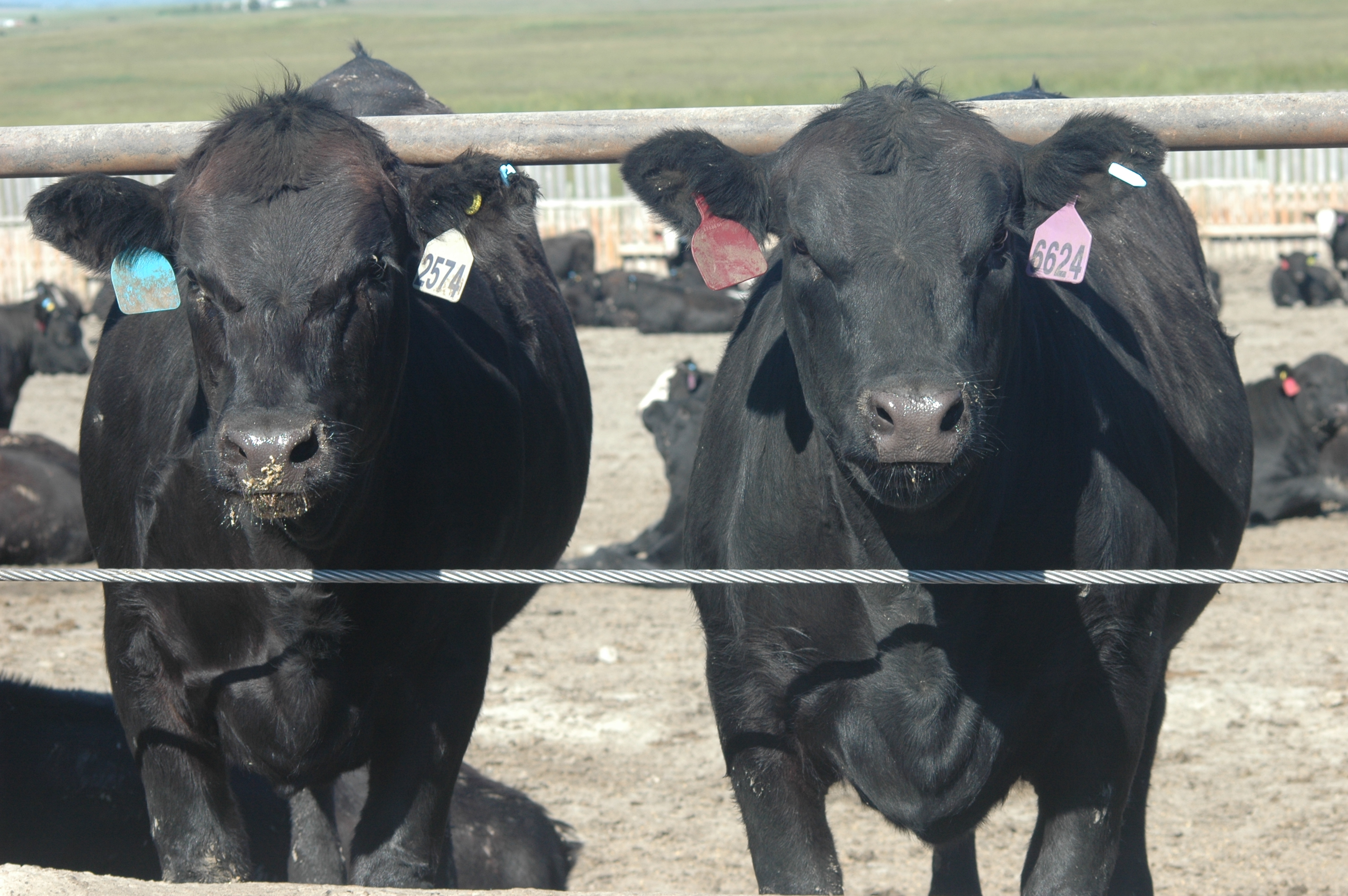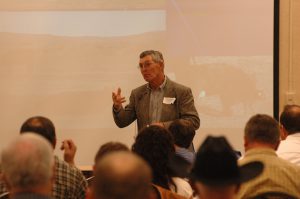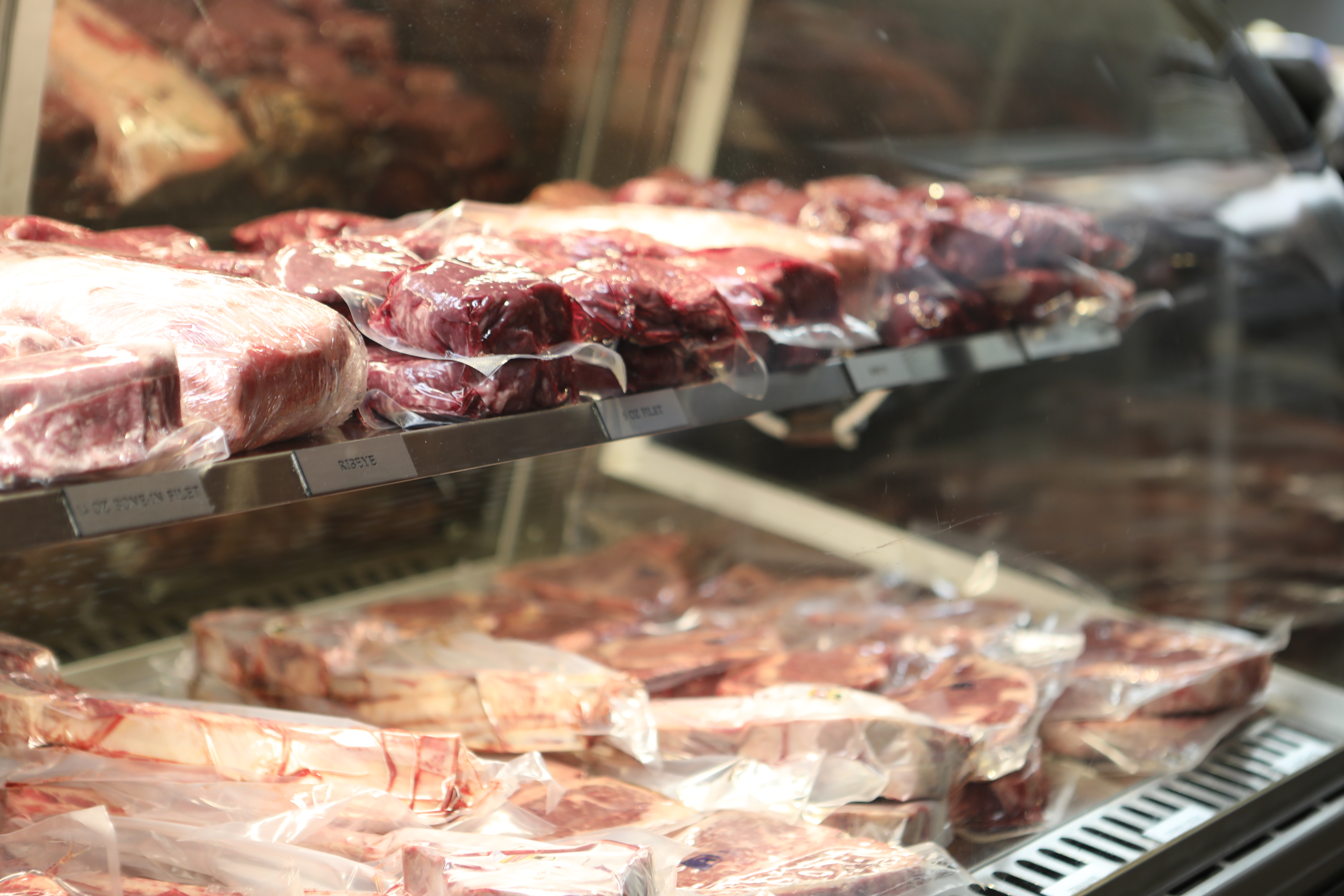
Feeding Quality Forum Registration Opens
Save your seat by July 31 for this premier cattlemen event.
By Morgan Boecker
May 31, 2022
As cattlemen continue to experience black swan events and rising input costs, so does their need for information on the latest production trends that pay.
The 17th annual Feeding Quality Forum (FQF), hosted by Certified Angus Beef (CAB), brings together people, insights and solutions to generate greater revenue for cattle feeders and cow-calf producers. The event will be at the Hilton Kansas City Airport in Kansas City, Mo., on Aug. 23 and 24, 2022.
“Feeding Quality Forum creates an environment of like-minded cattlemen and industry partners who want to be on the forefront of high-quality beef production,” says Kara Lee, CAB director of producer engagement. “If you’re interested in raising, managing and marketing the best finished cattle, this event brings together the people and information to do so.”
FQF attendees learn more about practical, profitable and progressive ideas for raising cattle in high demand.
To stay on the cutting edge of premium beef production, register at FeedingQualityForum.com. Early registration is $100 for those who sign up before June 30. Late registration is $200 from July 1 to 31. Student registration is $50.
Tuesday’s afternoon sessions will kick off with Dan Basse, president of AgResource Company, sharing a global market update. Other sessions include risk-management strategies, how to earn premiums for high-quality carcasses and an overview of shoppers’ meat purchasing habits.
“We’re in a fast-paced, ever-changing business,” Lee says. “To stay ahead of the curve and be profitable, you have to be in the room for tough conversations and be willing to work together to find answers.”
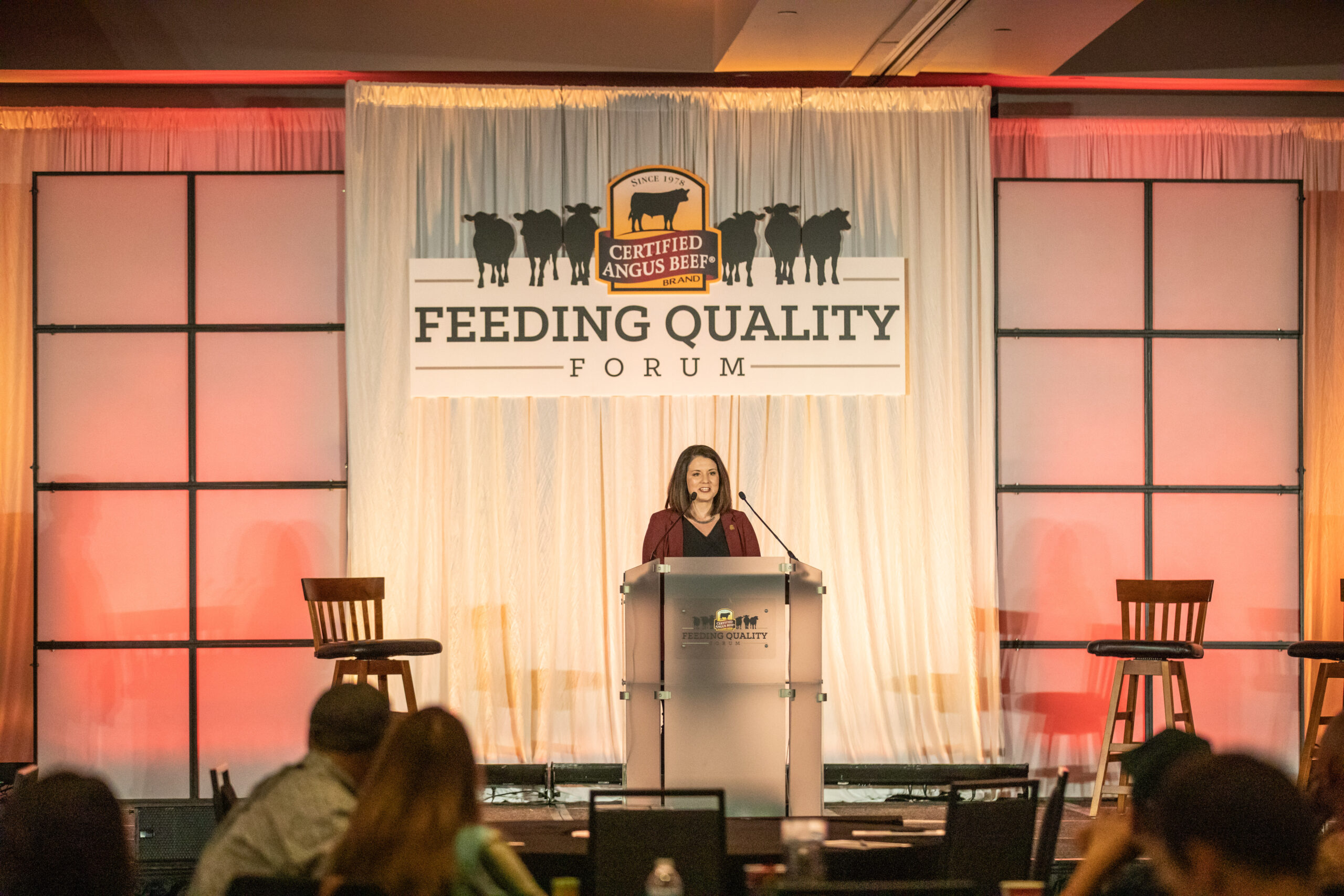
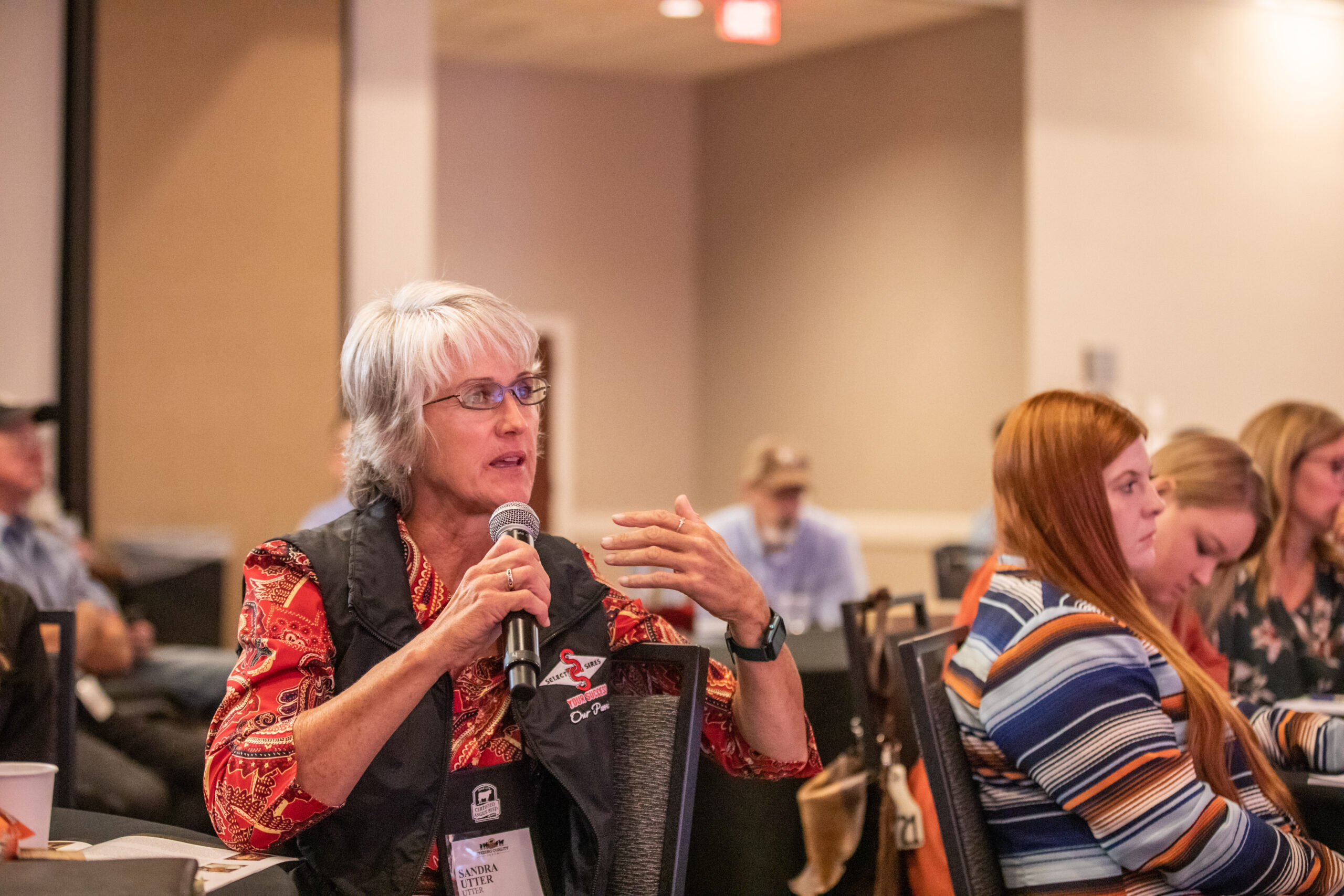
The evening program will recognize the 2022 Industry Achievement Award recipient, Randy Blach, CattleFax CEO. Blach has dedicated his career to analyzing cattle, grain and protein markets around the world to provide timely insight to cattlemen to make risk-management decisions. He joins the ranks of such industry legends as Paul Engler, Topper Thorpe, Lee Borck, Larry Corah, John Matsushima and Bob Smith, who have also been recognized for their contributions to the feeding industry.
“This conference is all about cultivating success and innovations in the fed cattle industry,” Lee says. “Honoring an influential leader who helped pioneer those successes has become a signature part of the program. It’s always a treat to showcase their contributions and celebrate among their peers.”
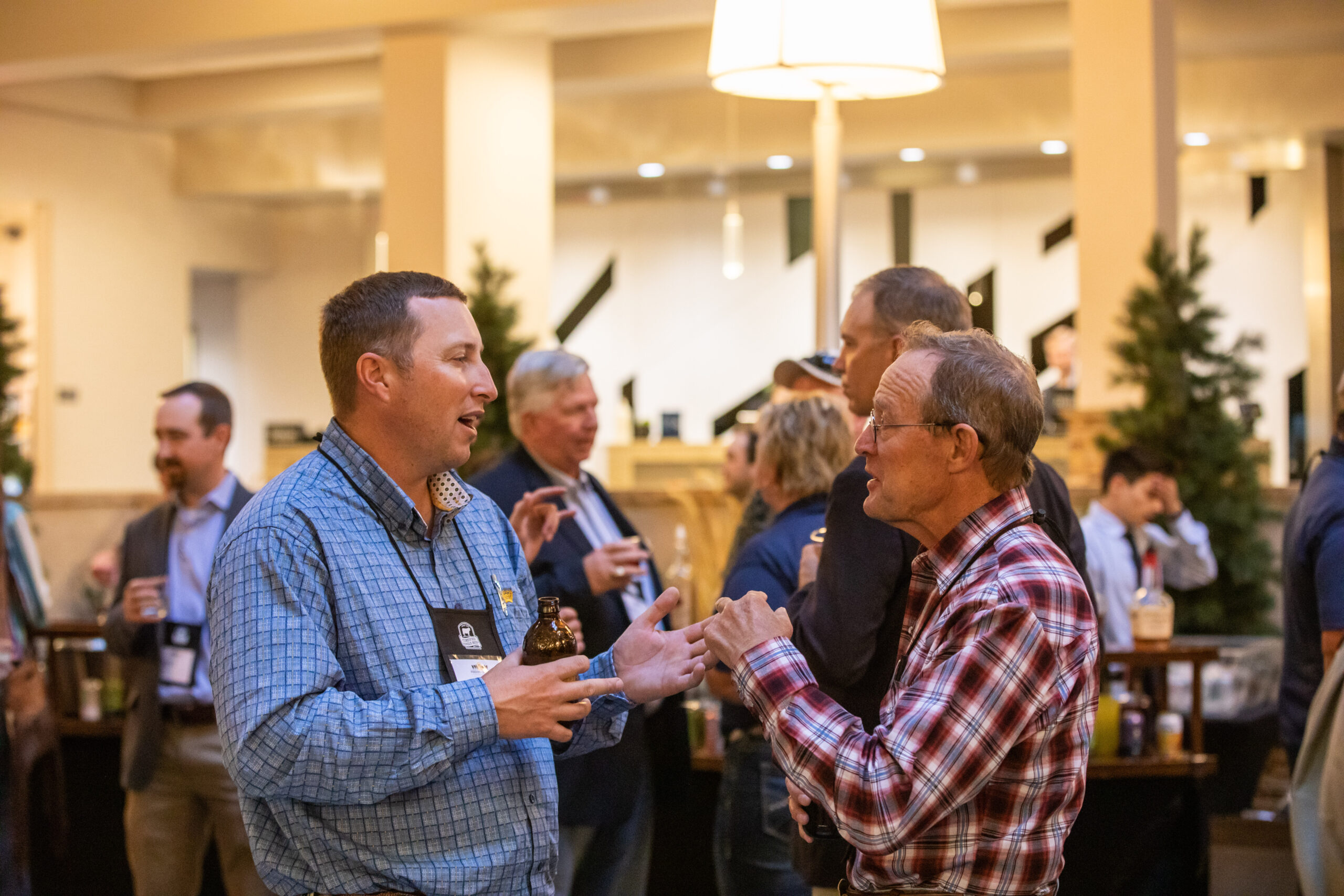
Wednesday morning will start with a look into CAB’s sustainability efforts to maintain its premium beef market share. Other topics will highlight cattle health at the feedyard, the beef-on-dairy landscape and best practices for getting the most for your feeder calves.
For those interested in learning more about how beef gets to restaurants, sign up for the exclusive, pre-event Beef Blitz the morning of Aug. 23. The special tour is limited to the first 45 attendees who claim a spot. The visit will include a tour of CAB-licensed distributor Sysco Kansas City, followed by lunch before the opening FQF program. Beef Blitz is a free addition to registration, space permitting.
Find more information on the event and register today at FeedingQualityForum.com.
You may also like…
$100,000 Up for Grabs with 2024 Colvin Scholarships
Certified Angus Beef is offering $100,000 in scholarships for agricultural college students through the 2024 Colvin Scholarship Fund. Aspiring students passionate about agriculture and innovation, who live in the U.S. or Canada, are encouraged to apply before the April 30 deadline. With the Colvin Scholarship Fund honoring Louis M. “Mick” Colvin’s legacy, Certified Angus Beef continues its commitment to cultivating future leaders in the beef industry.
Raised with Respect™ Cattle Care Campaign Launched This Fall
Raised with Respect™ was developed as part of a strategic cattle care partnership between Sysco and CAB. The collaboration focuses on supporting farmers and ranchers, equipping them with continuing education to stay current on best management practices and helping to increase consumer confidence in beef production.
Drought Impact and Cattle Industry Dynamics
As drought conditions persist across much of cattle country, farmers and ranchers are at a pivotal juncture in the cattle industry’s landscape. What impact does this prolonged dry spell have on the nation’s herd numbers? When will heifer retention begin? How will industry dynamics influence the spring bull sale season?









